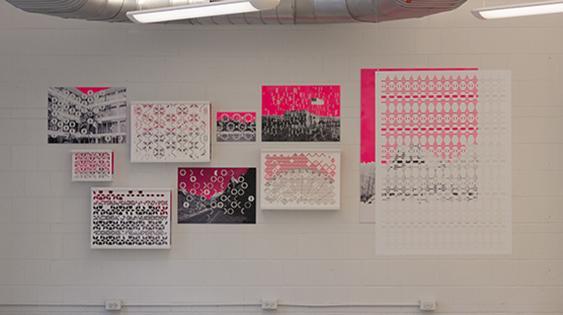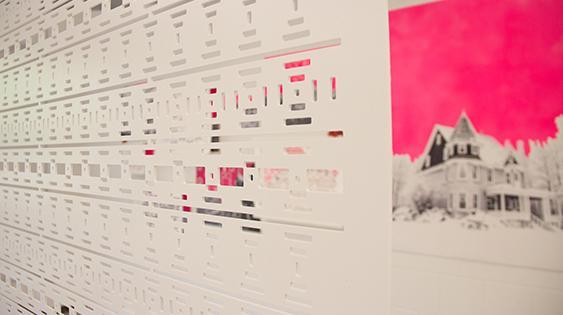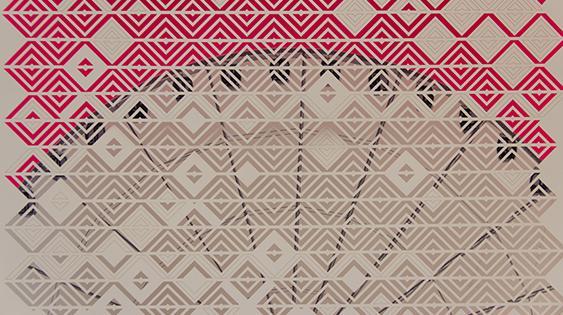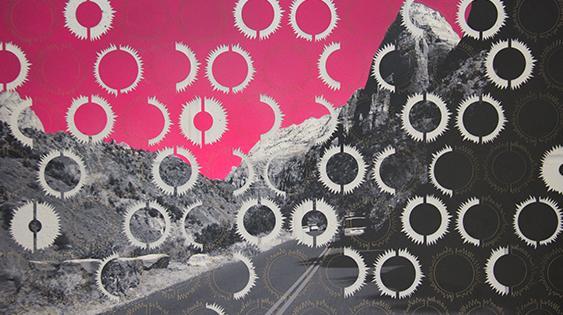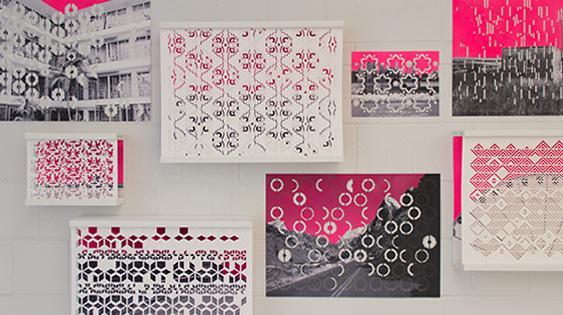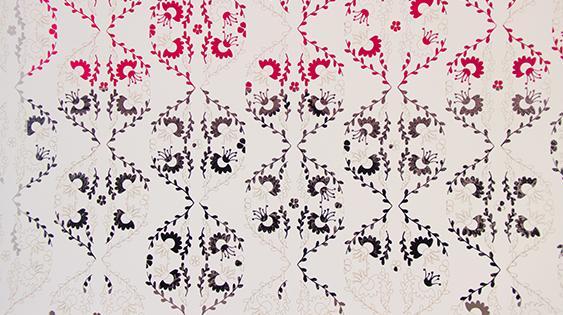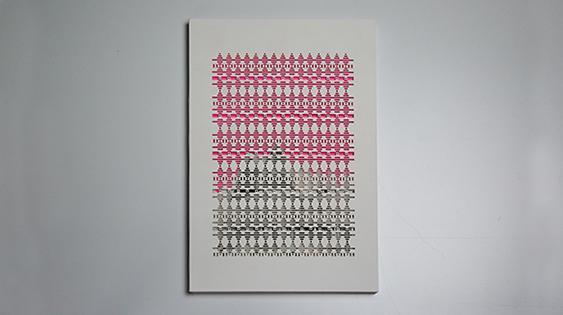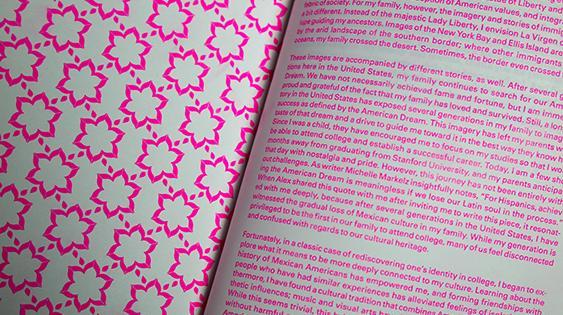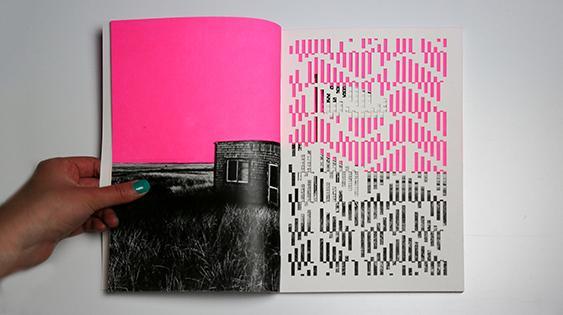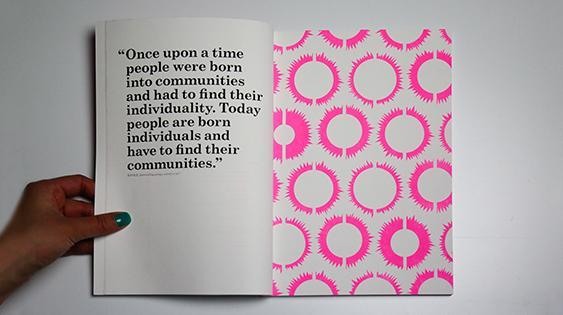Designing the American Dream
My grandparents immigrated to the United States from Mexico in 1960 to start their family. Their dream was to own a house and provide a life for their children that was better than the reality they had known south of the border. They believed that this dream could only be achieved through hard work in the United States. While they were prepared to leave behind their home country and assimilate into a new culture, my grandmother placed a heavy emphasis on maintaining Mexican traditions and culture within her home—a perspective my mother continued when raising my siblings and myself.
As a third-generation immigrant, however, I have found myself living between two cultures for most of my life, never truly identifying with either side. While my friends growing up in the suburbs of Chicago had packaged instant hot chocolate, my mother prepared Abuelita Mexican hot chocolate with a molinillo on the stove. The dress my mother had custom-made for my First Communion was elaborately ornate, with beading and tulle, when all I wanted was an off the rack, simple gown like my blonde friends. Conversely, when I traveled back to southern California to visit my extended family—where Mexican culture is much more present—I felt as though I couldn’t fit in there. I was overwhelmed with feelings of insecurity, as though I wasn’t Mexican enough to be considered a Mexican in California.
At the beginning of this semester I was interviewed by my cousin Peter, a Cultural Studies major at Stanford, about my experience as a third-generation immigrant. After speaking with him, I came to realize that my search for belonging was not something that was uniquely mine. He too expressed the same insecurities that I had; at Stanford, he wasn’t readily accepted by the Latino Community House because of his light skin and Danish last name.
I invited Peter to contribute his thoughts and experiences as a secondary narrative throughout my thesis book. He writes, “I have found a cultural tradition that combines American and Mexican aesthetic influences in music and the visual arts. These hybridized images represent Mexican culture without harmful and alienating stereotypes, while simultaneously affirming that American influences do not challenge the authenticity of my heritage.”
Both my grandmother and Peter have found a balance of both Mexican and American values and ideologies, taking parts from either side and discarding those that seem less relevant to create a new reality. This is the world I too live in, one that consists of sparklers in July and calaveras in October.
My project aims to contribute to the discussion on the current state of the American Dream by offering a space for children of immigrants to reflect on their personal identity and place within a mixed community. Pattern is used as a way to evoke nostalgia for the traditions of Mexican culture, while lifestyle imagery depicts the promise of the American Dream. The integration of the two attempts to be both apparent and seamless throughout the installation, further emphasizing the ambiguous nature that is the identity of a third-generation Mexican-American.
The project is separated into three parts, representing three stages of synthesis between Mexican and American cultures. The first is the independent stage where a cut screen and printed image act as separate entities. The two are related by orientation and scale, allowing visitors to experience the two layers together as well as apart. The second stage is blurred, where a cut screen and printed image work together as one layered object. The third stage is fused. Patterns are cut directly into the image, making the line between one culture and the next invisible. The roles of the media are reversed: the precise industrial nature of the laser cut is used to reflect typically hand-crafted patterning, while mass-produced images of an idealized future present contemporary subjects, hand painted in a manner that nods to the kitsch associated with post-war America.
My project seeks to provide a sense of belonging and a visual voice to those searching for their place within society. According to the US Census Bureau, more than half of the nation’s children will be part of a minority race group by 2020. The forecasting group KHOLE acknowledges this transition, stating: “Once upon a time people were born into communities and had to find their individuality. Today people are born individuals and have to find their communities.” I am advocating for the acceptance, destruction, and rebuilding of a patchwork of stereotypes, just as my grandmother did; taking the most distilled images from each culture and transforming them to fit my individual needs. It is only through this process of self-categorization that we can begin to see more clearly the idealized future promised by the American Dream.
